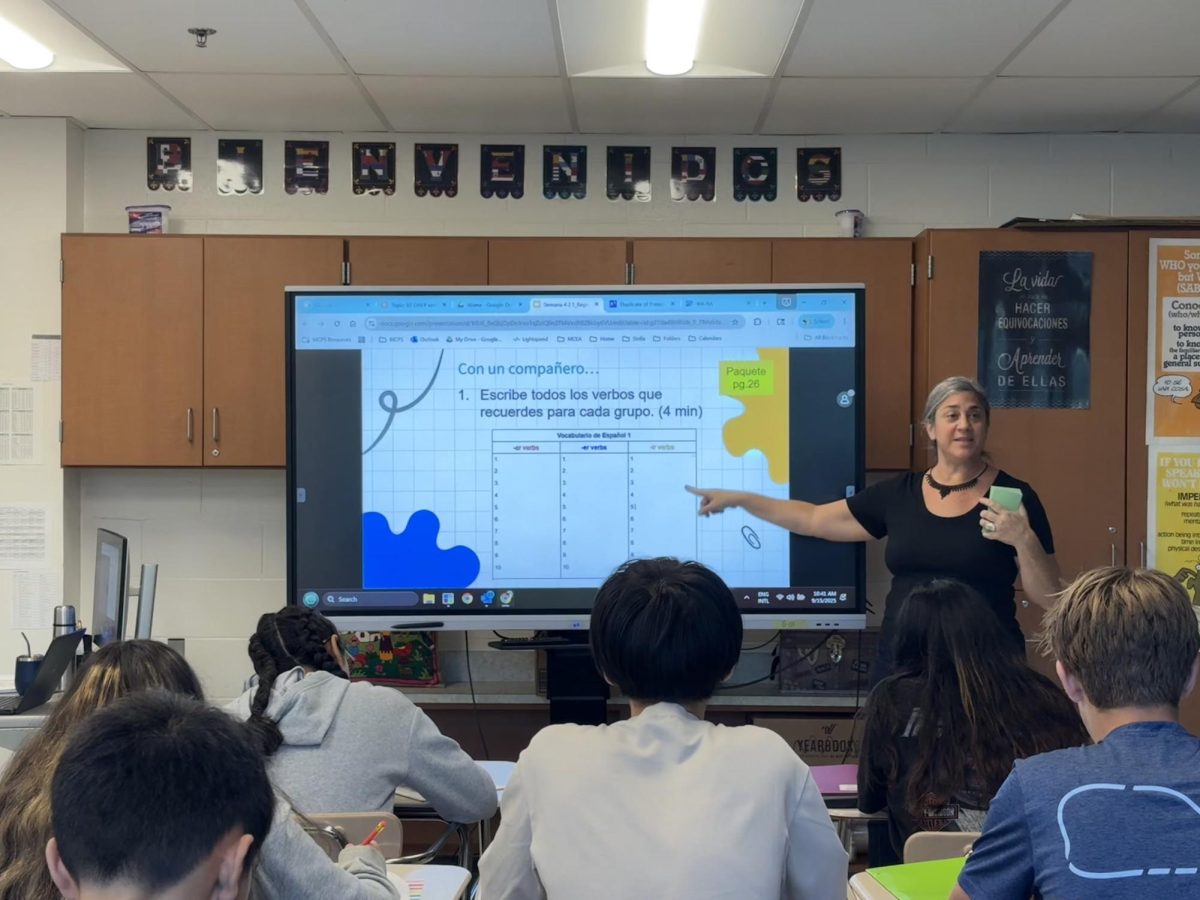More than 100 extracurricular clubs exist to bring students together over common interests. Each year, clubs are created and others don’t survive, mostly due to lack of support. Having financial resources is one of the main reasons that clubs thrive. Raising funds is an ordeal that requires club effort, creativity and marketing skills.
There are several different ways clubs fundraise. Some of the common types include dine-outs, bake sales, game concessions and raffles. Each generates a range of profits, but the strategies that clubs apply to their fundraising pursuits largely determine how much money they will make.
In order to achieve a successful fundraiser, clubs must plan ahead. The officials have to find convenient time, duration and location for students, all while going through the administrative process of approval, regardless of whether or not the event is held on school grounds. It’s also crucial to get the word out and have effective marketing skills that appeal to the WJ community.
Sources of Strength, a club focused on mental health awareness, plans several fundraisers throughout the school year. The president, junior Megan Fannon, is a lead organizer of the club’s fundraisers and is familiar with the essential actions to increase student support.
“Our least advertised fundraisers get the worst results. The most important thing to remember when fundraising is that if the public isn’t informed about it, then you won’t receive the results that you hope for,” Fannon said.
Since the start of the second semester, more clubs have been taking the opportunity to host fundraisers due to their increased comfortability and establishment. The circumstance where clubs have to compete to gain students’ attention is common, so clubs that devise a more creative fundraiser will stand out among the others.
The Asian American Student Union (AASU) had a fundraiser at Poki DC and tried to be unique with their advertising posters.
“One of our officers is a great artist, so she made this really cute stand-up poster that we put up in the store,” co-president and senior Anna Chen said.
Being large and well-established definitely gives clubs the upper hand when it comes to fundraising. Some receive a big portion of their funding from the Booster club, a parent-run organization that financially supports student programs and sports. However, it’s necessary to have this financial support to fund club activities and school participation.
The newer and less-established clubs have to pave their own way in fundraising culture. AASU’s first fundraiser happened this year and they were inexperienced with the procedure of it all.
“We looked at other clubs’ fundraisers for inspiration initially. It was actually still difficult because depending on where the fundraiser is and what the money is going to be put towards, things work a little differently,” Chen said.
Various restaurants and businesses have different rules for fundraisers. Most times the clubs only receive a percentage of the profits.
The proceeds of these fundraisers are used for a plethora of causes. Some specialized clubs raise money for specific organizations or charities promoting their advocacy. Other clubs raise money for events and equipment.
“Our fundraising goes towards paying the costs of our club meeting materials and mental health related resources that we distribute to WJ,” Fannon said.
Most of the time, students go to fundraising events to support their friends or the causes they feel passionate about.
“I participated in the WJ Unicef club at concessions to donate to the Unicef program. I think it’s important to help disadvantaged children and support the WJ clubs,” junior Fiona Galang said.









